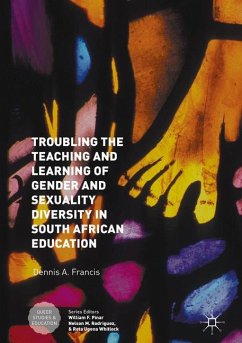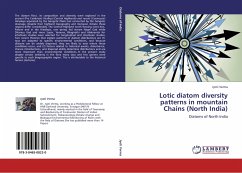
Diversity in the field of multiculturalism
Approaches to multicultural education and their degrees of influence in the Belgian context - a case study
Versandkostenfrei!
Versandfertig in 6-10 Tagen
36,99 €
inkl. MwSt.

PAYBACK Punkte
18 °P sammeln!
Nations globally have been facing the difficult question of how to handle national unity and an increased diversity of cultures within national boundaries. With the concept of multiculturalism researchers have, for several decades now, been trying to find answers to the question. One way of achieving a national solution was the introduction of multicultural education as an integral part of most subjects taught at school. However, since there is a lack of consent on what multicultural education should mean, there have been global discrepancies on how multicultural education was and is applied. ...
Nations globally have been facing the difficult question of how to handle national unity and an increased diversity of cultures within national boundaries. With the concept of multiculturalism researchers have, for several decades now, been trying to find answers to the question. One way of achieving a national solution was the introduction of multicultural education as an integral part of most subjects taught at school. However, since there is a lack of consent on what multicultural education should mean, there have been global discrepancies on how multicultural education was and is applied. This book broadly categorizes multicultural education into five strands in order to trace their individual influences on a popular Belgian history book for secondary education. The aim of this book is to shed more light into how the political and academic struggle for a definition of multicultural education translates into the design, structure and content of a school book.












